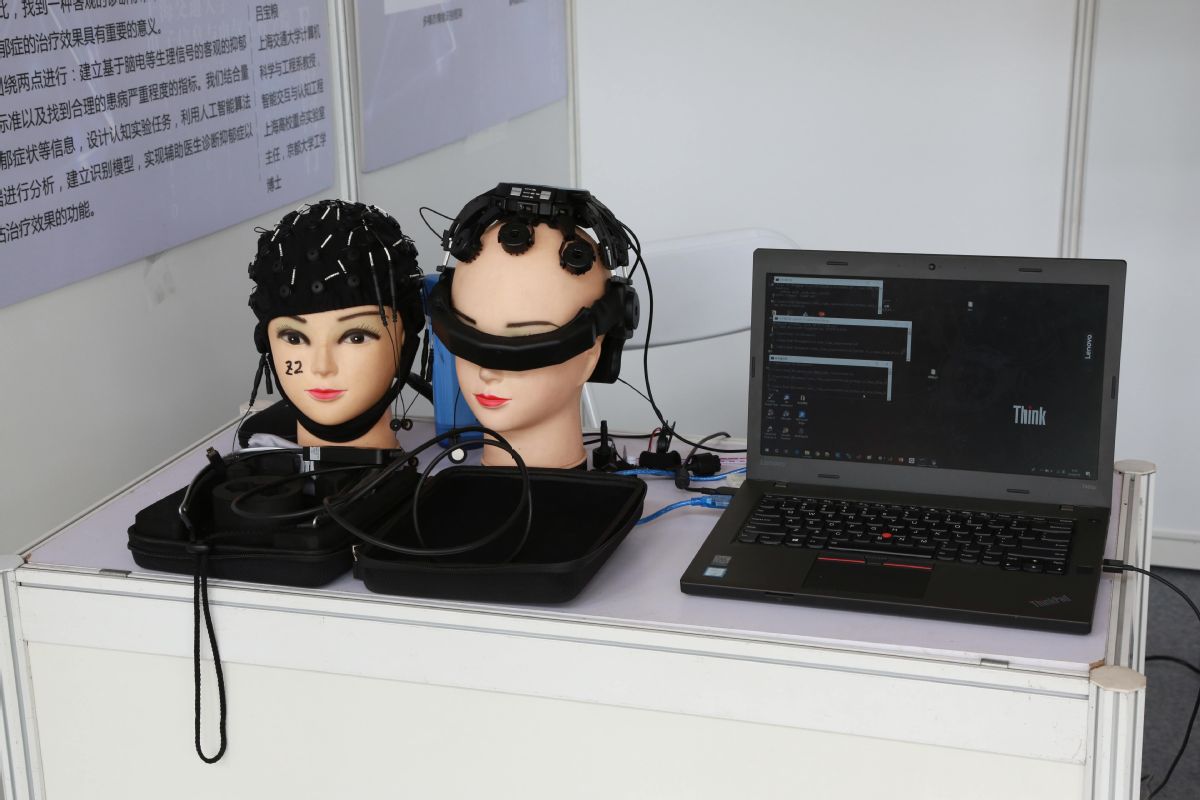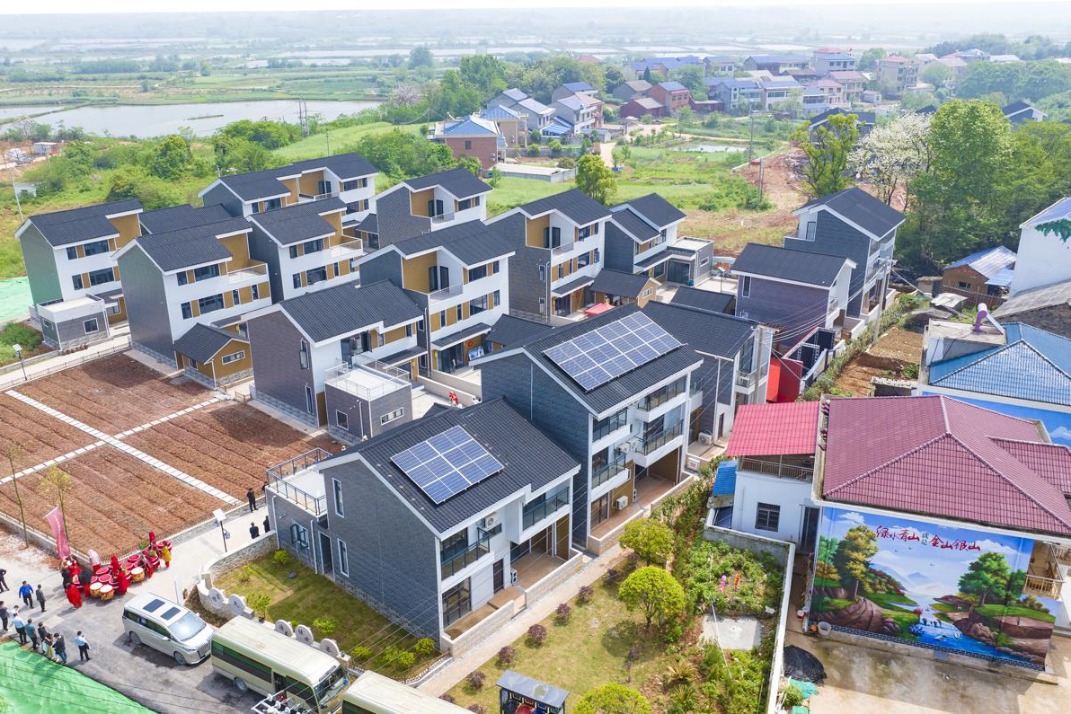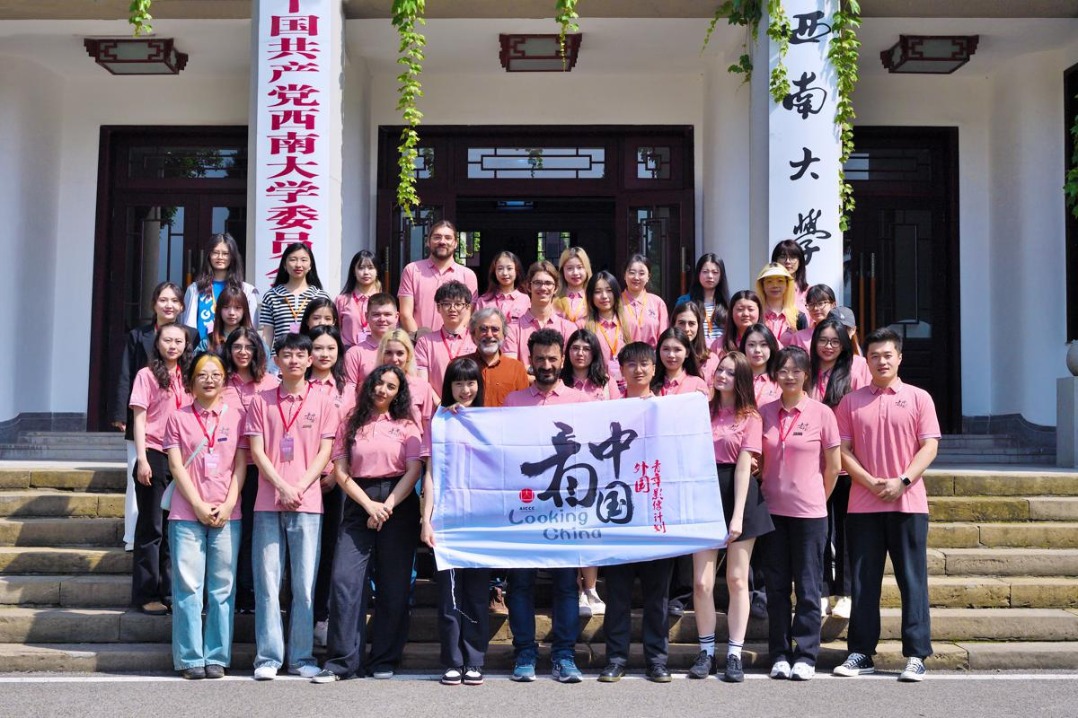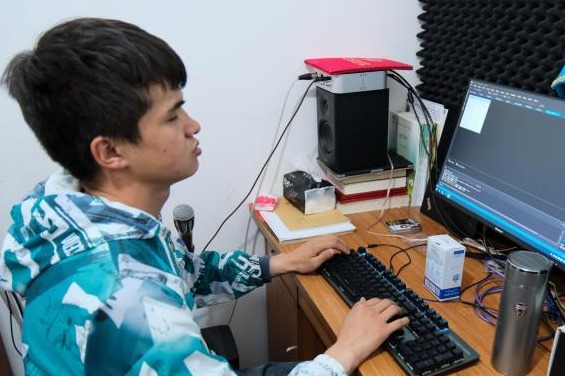Scientific innovations by students showcased at Shanghai Jiao Tong University


“Workers have more and more tasks to do these days because of the industry’s fast development. This smart device will save manpower,” said Wang.
Wang said that the arm could also help workers in the supermarkets sort goods or medical personnel to deliver food to patients.
Another piece of work displayed at the exhibition is a system that detects brainwaves to identify the emotional state of human beings. This technology would be valuable in helping detect fatigue in drivers, which is cited as one of the main causes of traffic accidents in the world.
Designed by a team led by Lv Baoliang, a professor at the computer science school of the institute, the system relies on an electroencephalogram (EEG) cap and a camera that analyzes eye movements to detect fatigue. Drivers who are deemed to be falling asleep at the wheel are warned through beeps emitted by the system. This method of detection, said Lv, is more reliable than the presently used cameras which can only analyze facial expression.
The team has also built a driving system that can simulate a variety of road and weather conditions as well as cooperated with the Academy of Railway Sciences to collect data of high-speed train drivers before and after long periods of driving, said Zhao.
“The accuracy of the algorithm used to monitor fatigue is now at around 80 percent. To make it applicable in real life, future research will focus on enhancing the stability of the system and collecting more data,” he added.
The system can also be used to diagnose depression, a medical condition that the World Health Organization expects to become the second more prevalent in the world by 2020.
“At present, the diagnosis of depression depends on questionnaires filed out by patients, or monitoring non-physiological signals such as facial expression and eye contact. It is very subjective and easy to misdiagnose. The current accuracy rate is only at 20 percent,” said Liu Wei, a doctor from the computer science school.
“Our work aims to use artificial intelligence algorithms to analyze data and establish a recognition model to assist doctors in diagnosing the disease and evaluate the effects of therapy,” he added.
- Visually impaired programmer revolutionizes braille translation in Xizang
- Innovative 3D printing transforms rural housing in Hubei
- Street stall to success: A stinky tofu journey
- China emphasizes importance of collaboration in barley resources
- China's national political advisory body holds leadership meeting
- Xi to visit France, Serbia and Hungary





































